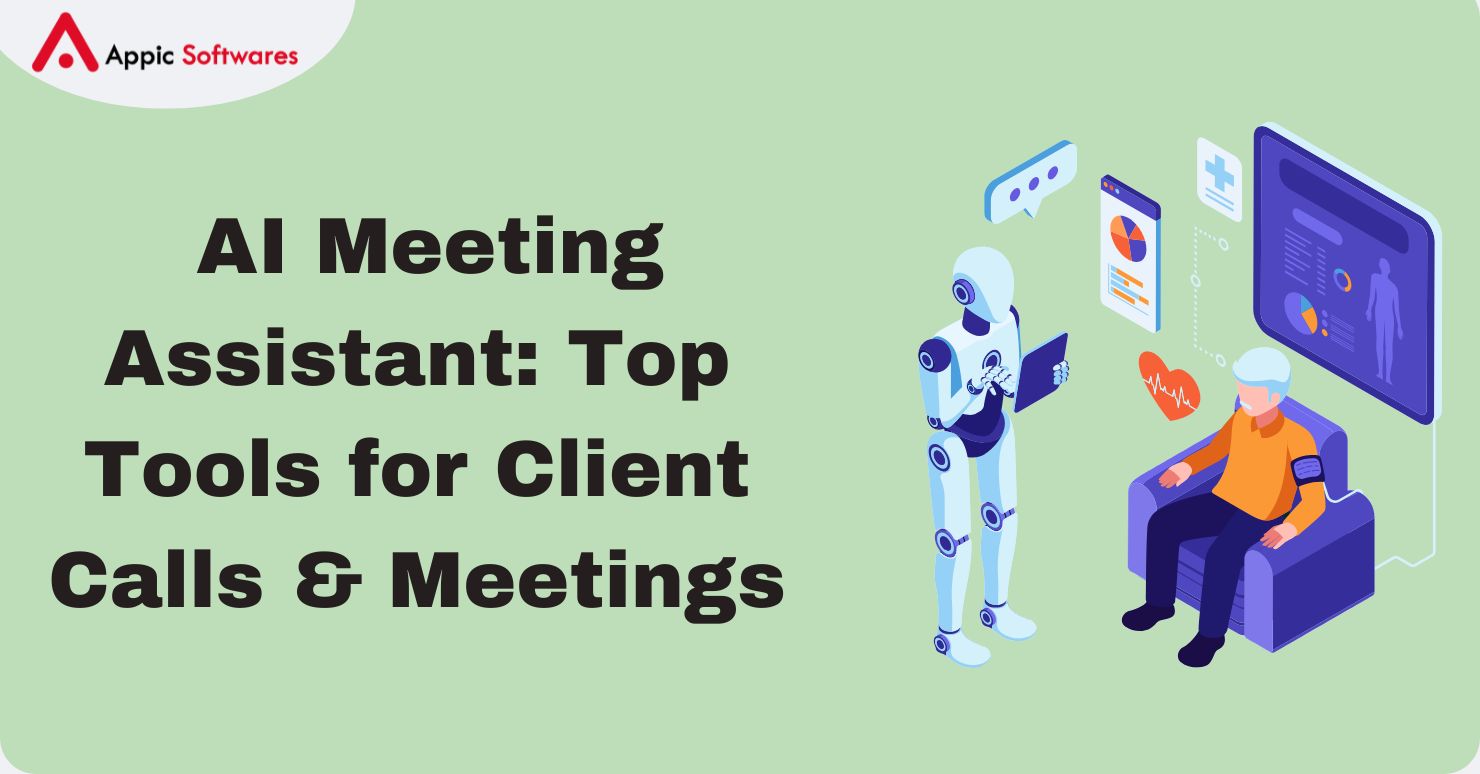
Artificial Intelligence (AI) is changing the world by making machines smarter and tasks easier. The global market for artificial intelligence was valued at USD 196.63 billion in 2023 and is projected to expand at a compound annual growth rate (CAGR) of 36.6% between 2024 and 2030. One of the simplest yet super useful types of AI is the simple reflex agent in AI. These agents make quick decisions based on basic rules, like turning on a fan when it gets hot. But how much money does it take to create one? In this blog post, we’ll discuss everything about simple reflex agents in AI, including what they are, their types, uses, why they’re great, how much they cost, and the steps to build one. Let’s get started.
What Are Simple Reflex Agents in AI?
A simple reflex agent in AI is a type of system that uses a basic set of rules to act. The agent checks what is happening around it and then chooses an action based on its rules. This approach is not heavy on thinking. Instead, it uses a set of conditions and actions that help it work fast. A simple reflex agent in ai does not plan for the future. It makes decisions right away. For instance, a simple reflex agent in AI used in a cleaning robot might move in one direction when it sees an obstacle. This is a simple reflex agent example that many people can see in small machines.
The main idea of a simple reflex agent in AI is to sense the environment and then react. The rules are very clear. The agent uses if-then rules. If a sensor finds something, then the agent acts. A simple reflex agent in AI works best when the environment is clear and the task is simple. Many machines use this method because it does not need complex processing. The system works with a limited set of data and produces fast actions.
It is important to note what these agents are made of. In a way, you can ask, What Are AI Agents Composed Of. These agents are built from sensors, rule sets, and actuators. Their design is basic yet strong. They do not include memory or advanced learning, which keeps their design simple. Some people call these agents a form of custom ai agent development because they can be made to meet a small need. You might see a simple reflex agent in AI work in a toy car that stops when it meets an obstacle. This simple reflex agent example shows how a small set of rules can be very effective.
How Many Types Of AI Agents Are There?
There are five main types of AI agents, and each one gets a little smarter than the last:
- Simple Reflex Agents: These are the simplest. They use basic “if-then” rules and only care about what’s happening right now. No memory, no planning, just action.
- Model-Based Reflex Agents: These are a step up. They keep track of some past info to make decisions, which helps when they can’t see everything at once.
- Goal-Based Agents: These think about what they want to achieve and plan steps to get there, like figuring out how to win a game.
- Utility-Based Agents: These pick the best option from many choices, balancing what’s good and bad for the situation.
- Learning Agents: The smartest ones! They learn from what they do and get better over time, like a kid learning to ride a bike.
What Are The Applications Of Simple Reflex Agent In AI?

Simple reflex agent in AI finds use in many areas. It works well where the situation is clear and rules are enough. Many small devices use a simple reflex agent in ai to perform daily tasks. For example, a fan that turns on when the room gets hot is a simple reflex agent in AI. In this case, the sensor checks the temperature, and the rules say to start the fan if the temperature exceeds a set point. This is a simple reflex agent in artificial intelligence example that shows clear cause and effect.
The applications of a simple reflex agent in AI include home devices, simple robots, and even some software tasks. Many simple machines use a simple reflex agent in AI to do tasks quickly. A simple reflex agent in AI works best in situations where the environment does not change a lot. This keeps the system stable and fast. Many people use a simple reflex agent example in home security systems. The sensor detects motion and then triggers an alarm based on a set rule.
Many engineers use simple reflex agents in AI to design basic robots. A simple reflex agent in artificial intelligence example can be seen in small robots that follow a line. They use sensors to find the line and then use rules to keep on track. This approach is also useful in many game settings. A simple reflex agent in AI can quickly decide on an action based on what is happening on the screen.
In the field of software, a simple reflex agent in AI can help with tasks like filtering content or controlling simple interactions. This use case is a simple reflex agent example that shows the value of a rule-based system. Many systems also use a model-based reflex agent in AI to improve performance. However, when the task is clear and simple, a simple reflex agent in AI is often the best choice.
It is also helpful to see examples of AI agents when you look at applications. These examples show the clear benefits of using a simple reflex agent in AI. The applications are easy to understand and work well when the task is not complex. You can see how each example follows a simple rule set that is easy to build and manage.
Why Develop Simple Reflex Agent In AI?
Now, you might wonder, why bother making a simple reflex agent in AI? Well, there are some awesome reasons:
- Cheap to Build: Since they’re basic, they don’t cost a lot of money to create or keep running. No need for fancy tech or big data.
- Super Fast: They make decisions in a snap, which is perfect for things like opening doors or sounding alarms.
- Trustworthy: They always follow their rules, so you know exactly what they’ll do—no guesswork needed.
For small companies or people just starting with AI, these agents are a smart pick. They give you automation without emptying your wallet. Plus, their simplicity means less can go wrong. Moreover, unlike more complex systems such as Autonomous Agents In AI, simple reflex agents operate solely on immediate inputs, offering both speed and reliability.
Cost To Develop Simple Reflex Agent In AI
Here’s the big question: how much does it cost to build a simple reflex agent in AI? The answer depends, but it usually falls between $5,000 and $20,000. That’s a pretty wide range, so let’s break it down.
What Affects the Cost?
How Tricky the Job Is: If the agent works in a simple place (like a thermostat in one room), it’s cheaper. But if the rules get more complicated, the price goes up.
Extra Gear: Need special sensors or gadgets, like in custom AI agent development? That adds to the bill—sometimes $1,000 to $5,000 more.
Who Builds It: A pro developer might charge $50 an hour. If they’re really good, it costs more but might save time.
For example, a basic thermostat agent could cost around $2,000. But a security system that watches doors and windows might hit $15,000 because it needs more rules and connections. Research shows similar projects, like simple chatbots, cost between $9,000 and $16,000, which lines up with our range.
One surprise? Even a basic simple reflex agent in AI can get pricey if it has to work with lots of other systems or handle errors perfectly. Integration can push costs higher than you’d expect.
What Is The Process To Develop A Simple Reflex Agent In AI?
Here’s how it works, step by step. Each part adds to the cost, so knowing the process helps you plan.
Step 1: Figure Out the Job
First, decide what the agent needs to do. For a simple reflex agent in artificial intelligence example like a light controller, you’d say, “If it’s dark and someone’s home, turn on the lights.” This takes about a week and costs around $2,000 for a developer’s time.
Step 2: Pick Sensors and Actions
Next, choose what the agent sees and does. Sensors might detect motion or heat, and actions could be turning on a fan or ringing a bell. If you need custom gear, add $1,000 to $5,000.
Step 3: Write the Rules
Now, set the “if-then” rules, like “if motion happens, turn on the light.” This is the heart of the simple reflex agent in AI. It takes a few days and costs $1,500 to $3,000.
Step 4: Code It Up
Time to write the instructions in a language like Python. For a simple agent, this takes 10 to 40 hours, costing $500 to $2,000 at $50 an hour.
Step 5: Test It Out
Run tests to make sure it works—like checking if the light really turns on. This costs $500 to $1,000, depending on how many tests you need.
Step 6: Fix and Finish
Finally, tweak anything that’s off. Maybe the rules need adjusting. This adds $500 to $1,500. Many organizations choose to collaborate with an AI Development Company to ensure a streamlined and efficient development process.
Conclusion
The simple reflex agent in ai offers a fast and clear way to handle simple tasks. We have seen that a simple reflex agent in ai works with clear if-then rules. This makes it an ideal choice for many devices that work in a steady environment. We have looked at what a simple reflex agent in AI is, the different types of AI agents, and the many uses of a simple reflex agent in AI in real life. The process is clear and the cost remains low when the work is simple. Appic Softwares is the best AI agent development company, providing expert solutions to help you build intelligent AI agents tailored to your needs.
Want to build your own AI agent or need expert advice? Get in touch with us now to discuss your project and find the best AI solution for you!
FAQs
1. What is a simple reflex agent in AI?
A simple reflex agent in AI is a type of agent that operates based on predefined if-then rules. It does not consider past experiences or future consequences; instead, it reacts only to the current situation. This makes it ideal for tasks in controlled environments where conditions remain stable.
2. What are the real-life applications of simple reflex agents?
Simple reflex agents are widely used in various real-life applications, including:
- Thermostats that adjust temperature based on sensor readings.
- Automated traffic lights that change signals based on vehicle movement.
- Spam filters that block emails based on predefined keywords and patterns.
3. Why choose Appic Softwares for AI agent development?
Appic Softwares is a leading AI agent development company that specializes in building custom AI solutions tailored to your business needs. Whether you need a simple reflex agent or a more advanced AI system, our team of experts ensures high-quality, efficient, and cost-effective AI development.








